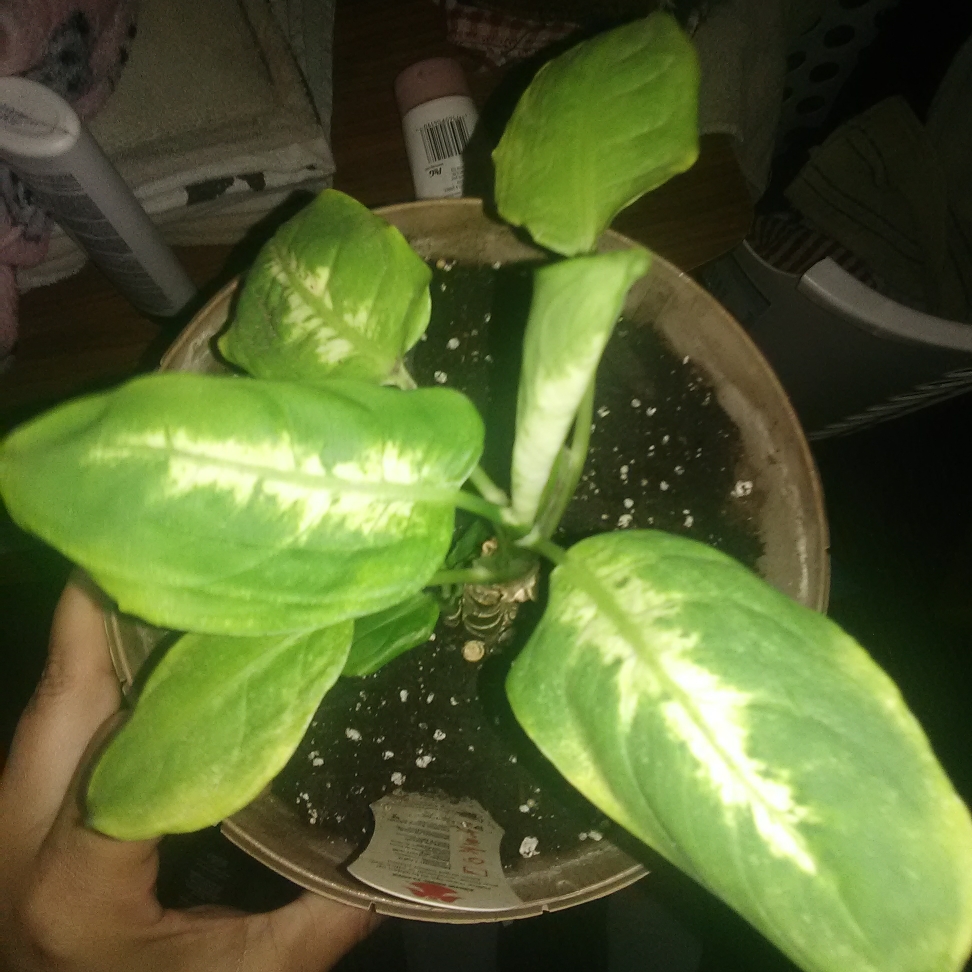
Agave victoriae-reginae 'Compacta'
Queen Victoria Agave Compact Form
Agave victoriae-reginae 'Compacta' (Queen Victoria Agave) - A very slow-growing and attractive small clump-forming agave to 1 foot tall by 1 1/2 feet wide with tight-fitting, tapered deep green leaves that are edged in white along the margins and end in a small terminal spine; the leaf margins are smooth and spineless. When the plant flowers, which only happens with considerable age, the unbranched spike can reach to 15 feet and bears densely packed reddish-purple flowers. After flowering this species usually does not offset and will have to be replaced. Plant in full sun or light shade. Drought tolerant. Hardy to at least 10 F°.
-
Full sun
-
Very little water
-
Frost Hardy: 23F (-5°C)
-
Free draining and fertile
Common name
Queen Victoria Agave Compact Form
Latin name
Agave victoriae-reginae 'Compacta'
type
Succulent
family
Asparagaceae
ph
5.0 - 7.0 Acid - Neutral
Plant & bloom calendar
-
Best time to plant
-
When the plant will bloom
full grown dimensions
 0.45 M
0.30 M
0.45 M
0.30 M
Agave victoriae-reginae 'Compacta'
Agave victoriae-reginae 'Compacta' (Queen Victoria Agave) - A very slow-growing and attractive small clump-forming agave to 1 foot tall by 1 1/2 feet wide with tight-fitting, tapered deep green leaves that are edged in white along the margins and end in a small terminal spine; the leaf margins are smooth and spineless. When the plant flowers, which only happens with considerable age, the unbranched spike can reach to 15 feet and bears densely packed reddish-purple flowers. After flowering this species usually does not offset and will have to be replaced. Plant in full sun or light shade. Drought tolerant. Hardy to at least 10 F°.
Planting Outdoors Spring
From Early Spring TO Late Spring
Agave have a large tap root and do not transplant well, so choose an appropriate site when planting agave. The majority of the roots are surface roots and do not require a deep hole if planted when young. Check your soil for drainage, or if planting in heavy clay soils amend the soil with sand or grit. Mix in enough sand to make the soil halfway comprised of grit. Water the plant diligently for the first week and then cut it to half the second week. Taper off even more until you are only watering once every week or two.
Flowering Season
From Mid Summer TO Late Summer
This plant will flower when it is mature. Many varieties of agave will die after blooming and then produce pups or offshoots from their base to replace themselves. On varieties where the parent plant doesn’t die after flowering, it is a good idea to get long handled pruners and remove the spent bloom.
Propagating by offsets
From Early Spring TO Early Spring
Offsets are the baby plants that form at the base of some plants, and they are an easy way to propagate a plant. When the offsets have grown large enough to handle - and, hopefully, have some roots of their own,- gently break them away from the mother plant. Plant the offsets in a container and keep the plant barely moist (but not wet) until the plant is establishes, and can be planted out.








